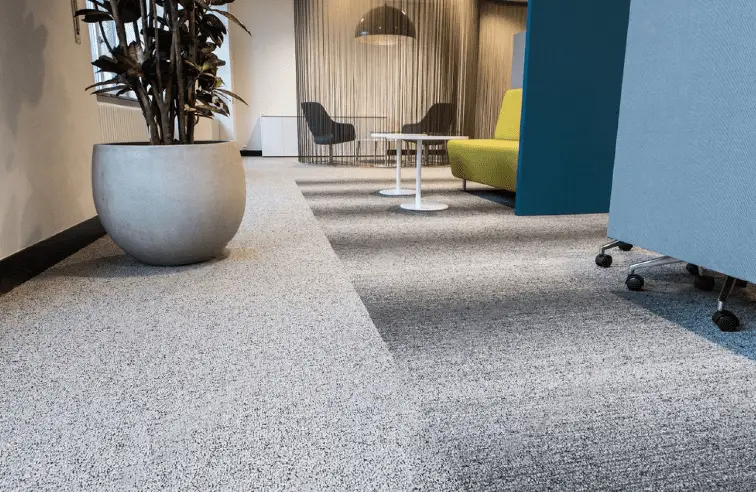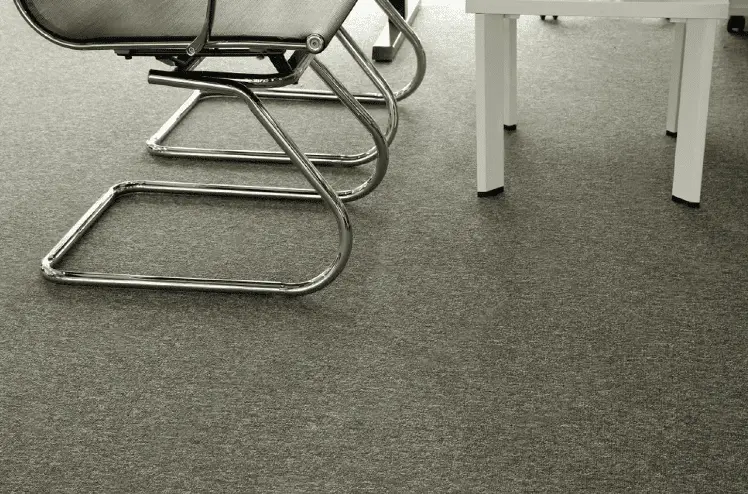What is the Method statement for Carpet Flooring?
A method statement for carpet flooring typically outlines the step-by-step procedures and safety measures to be followed during the installation of carpet flooring.
Table of Contents
This might interest you: Method Statement for Architectural Works
Carpet Flooring Works
Applicable to all office flooring structures.
Resource
Drawings with Project Approval
BS 5808 British Standard
Material Approval
The engineer must approve any carpet material, including carpet, carpet tiles, underlay, etc.
Requirement
The building must be made weather-tight before carpet-laying operations can begin.
The work for the wet trades is complete. The painting should be completely done and dried.
All of the outlets, duct covers, and other items that required cutting carpet around them have been fixed.
The substrate should be dry and clean before the carpet is laid down on it.
All doors and recesses must have carpet that has been cut specifically for them and fitted to all plug outlets and other fixtures. It must not be cobbled together.
Where possible, the carpet by the side of the entry should be the first room covering.

Carpet Installation with Tackles Fixings
Except for foam-backed and fiber-bonded carpet, all carpet must be secured using tackling strips (grippers) unless the manufacturer expressly advises otherwise.
The same batch must be used for all carpets of the same style, color, and pattern.
The underlay must be installed such that its seams do not overlap with those of the carpet when laid in the same direction and do not cast shadows through the carpet. Uneven edges must be cut through and overlapped.
Rubber and rubber-based underlays must have their seams sealed using authorized tape in accordance with the manufacturer’s instructions.
According to the manufacturer’s instructions, the underlay must be attached around the edges.
The underlay must be fastened to stop wrinkling and movement and must cover the treads and risers of stairs.
Carpet seams must be joined using appropriate heat bonded tape or in accordance with the manufacturer’s instructions. It is important to make sure that:
- The joints are sturdy enough to allow the carpet to extend while remaining intact throughout use.
The debris is arranged in a single direction. - The pile does not snag on the seam.
- Straight seams are present.
- The carpet must be installed with its seams parallel to the room’s main axis.
The carpet should be stretched into position over the gripper using a knee kicker or power stretcher, as applicable, to create a tidy rolled edge. The gripper should be fastened around the perimeter of the area to be covered, leaving a gap around two thirds of the carpet’s thickness.
Double binder bars must be used where carpets of a different type, color, or pattern meet at all free carpet edges in addition to binder bars.
All doors located beneath the center line of the door leaf shall be equipped with the appropriate single or double binder bar.
The carpet pile should be toward the bottom when it is on stairs. Gripper must be fastened to the underside of each riser and the tread’s adjacent horizontal surface.
Carpet Installation Using Adhesives
Carpet that is fiber-bonded, has a high density foam backing, or where the manufacturer has specifically advised against it must be fully adhered to the subfloor using approved peel-up adhesive that has been used in accordance with the manufacturer’s instructions.
Joints in the carpet must be sealed using a joining adhesive that has been advised by the carpet’s maker and must run parallel to one of the room’s primary axes.
Care must be taken, when appropriate, to make sure that:
- The pile is arranged in a single direction.
- Where a repeated motif appears, the pattern corresponds.
- The pile is not snagged in the joint.
- The joints are straight.
As work progresses, adhesive stains must be cleaned from the carpet and other exposed surfaces.
The carpet pile should be toward the bottom when it is on stairs. Unless a nosing is provided, the carpet must be folded under any exposed edges and fastened to each tread as one continuous piece.
Where carpets of a different kind, color, or pattern meet, double binder bars should be used instead of edge trim or dividing strips.
The carpet must be cleaned using a beater-style vacuum cleaner when installation is complete, and it must be covered with clean dust sheets, hardboard, etc. as needed to avoid damage from dust and traffic until handover.
Only qualified workers are allowed to install carpets, making ensuring they are level and taut enough to prevent rucking from happening when furniture is moved across the surface.

Documentation/Records
Approval of Materials
Inspection Requests
Checklist
tag: # Method Statement for Carpet Flooring

